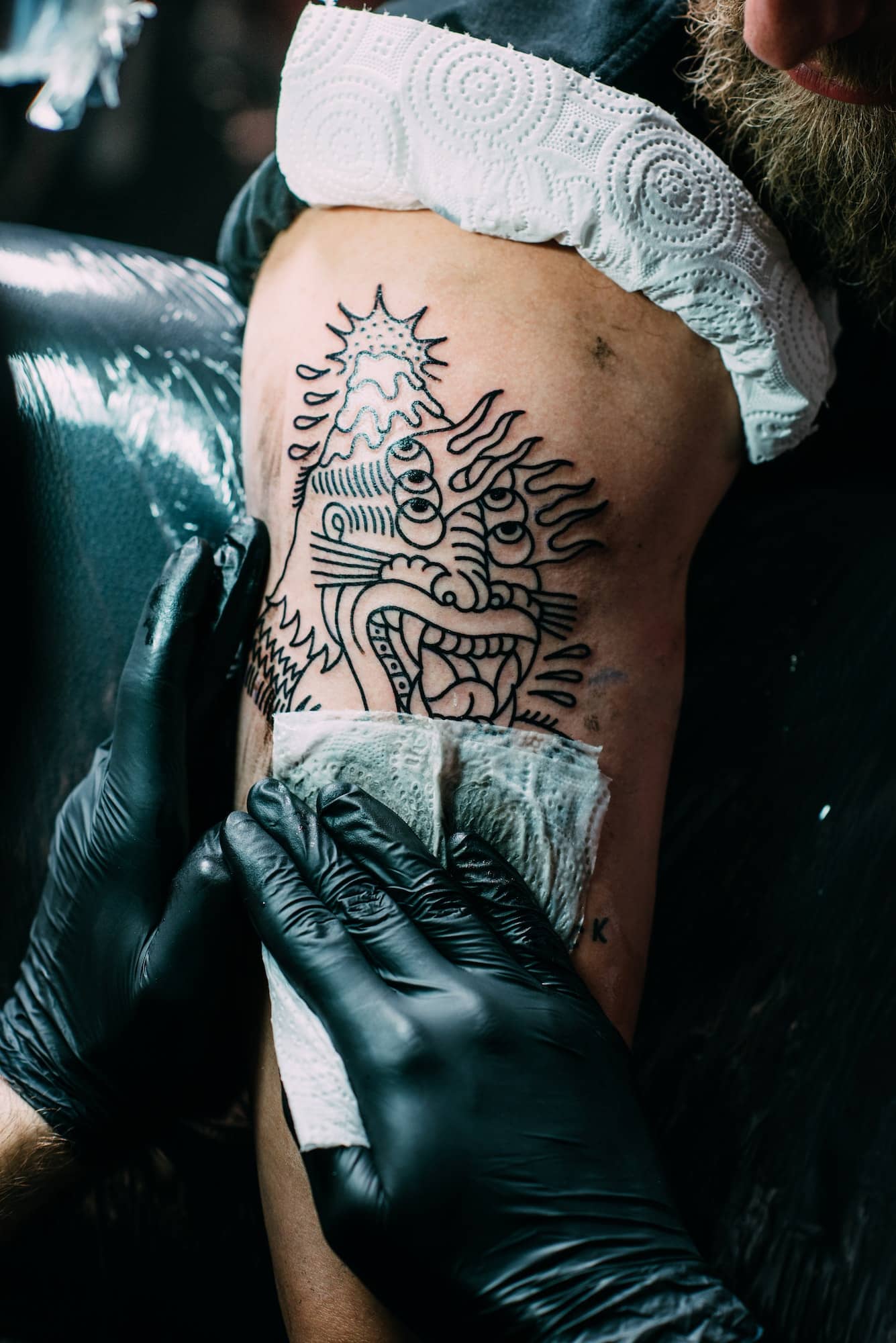How are tattoo techniques evolving ?

For millennia, tattooing has been a form of body art that has evolved with civilizations and technological advances. Tattoo techniques, once rudimentary, have progressed spectacularly over time. These techniques offer artists and enthusiasts an ever-expanding range of options for expressing their creativity.
What is a tattoo technique and what are its advantages?
Tattoo techniques refer to the methods used to apply permanent designs to the skin. Each technique has its own unique benefits and characteristics. For example, traditional needlepoint tattooing allows for great precision and a variety of artistic styles. However, modern techniques offer the possibility of erasing or modifying existing tattoos. You can erase an old tattoo and create a new one like The black hat tatoo quickly.
A lire aussi : Chalet rental for a romantic weekend away: how do you go about it ?
Additionally, emerging techniques offer a distinct visual aesthetic. These techniques allow individuals to express their creativity in unique and innovative ways. Ultimately, the choice of a tattoo technique depends on the individual's personal preferences as well as their specific needs.
As for the benefits, it must be said that tattooing is often used as a means of personal expression. It allows individuals to convey their values, beliefs, experiences and identity through body art.
A lire en complément : How to embrace creativity and express yourself through art and imagination?
New tattoo techniques
Tattooing techniques have undergone significant evolution over the centuries, moving from primitive methods to sophisticated modern techniques. Here are the new tattoo techniques.
Realistic tattoo
Realistic tattooing, also known as 3D or hyper-realistic tattooing, is an emerging technique. It aims to faithfully reproduce realistic images on the skin. Artists use advanced shading and gradient techniques to create the illusion of depth and texture. This technique pushes the limits of what is possible in terms of artistic representation on the skin.
Geometric tattoo
Geometric tattooing is a technique that emphasizes the use of geometric shapes, such as straight lines, circles and triangles. The goal is to create complex, symmetrical patterns on the skin. This technique leverages the principles of geometry and symmetry to produce aesthetically balanced and visually striking designs. By using sharp lines and precise angles, artists can create tattoos that appear almost three-dimensional.
Watercolor tattoo
This technique is inspired by watercolor painting, using bright, faded colors to create fluid, organic patterns on the skin. Unlike traditional tattoos, watercolor tattooing is characterized by smooth transitions between shades and subtle gradient effects. This technique allows artists to create works of art that resemble paintings on canvas, adding a touch of sophistication and fantasy to the world of tattooing.
Laser tattoo
Laser tattooing is a revolutionary technique that uses beams of pulsed light to fragment tattoo pigments under the skin. Unlike traditional tattoo removal methods, laser tattooing is non-invasive. It provides more effective results with less risk of scarring or side effects. This technique allows individuals to get rid of unwanted or obsolete tattoos.
